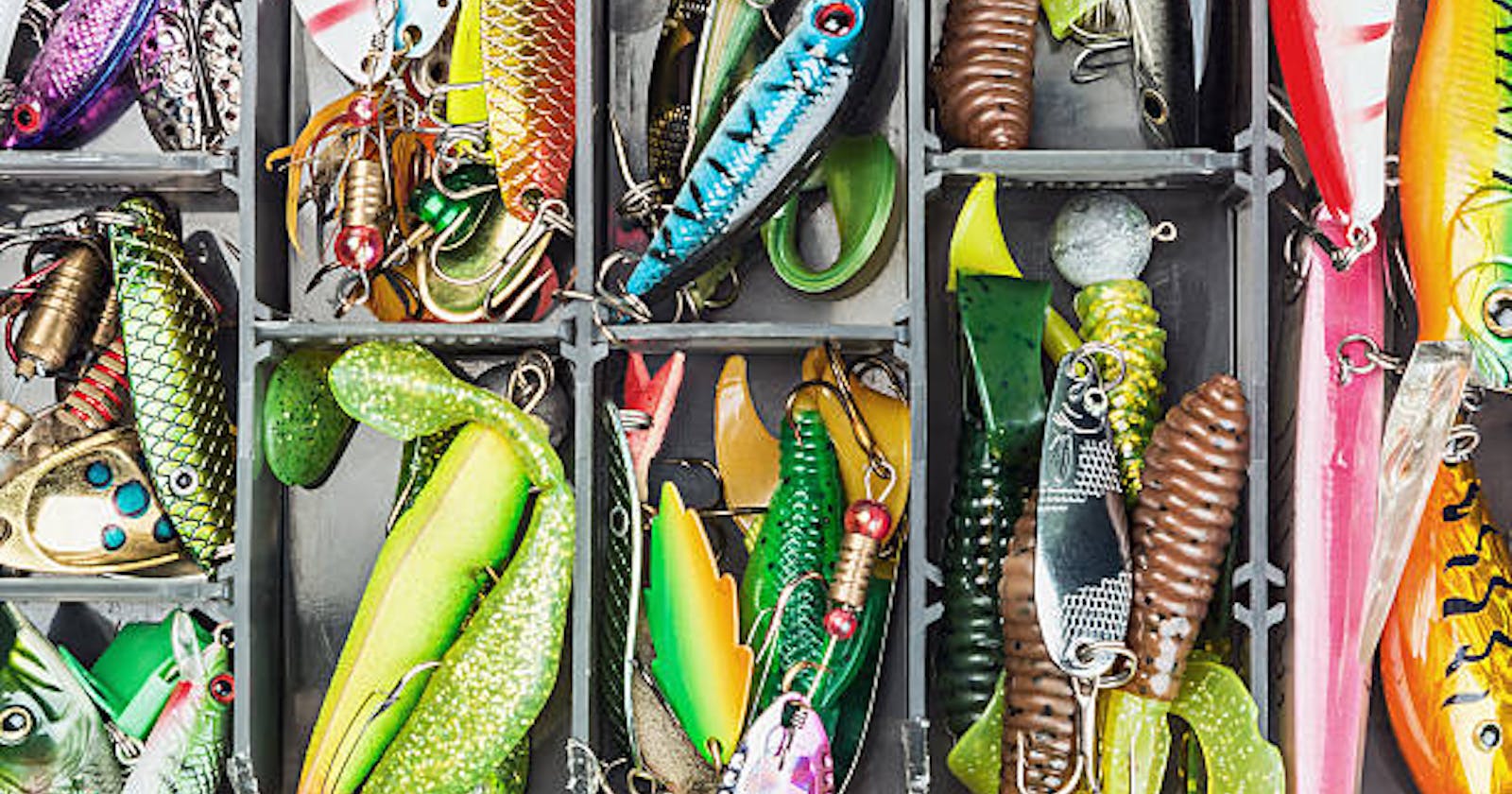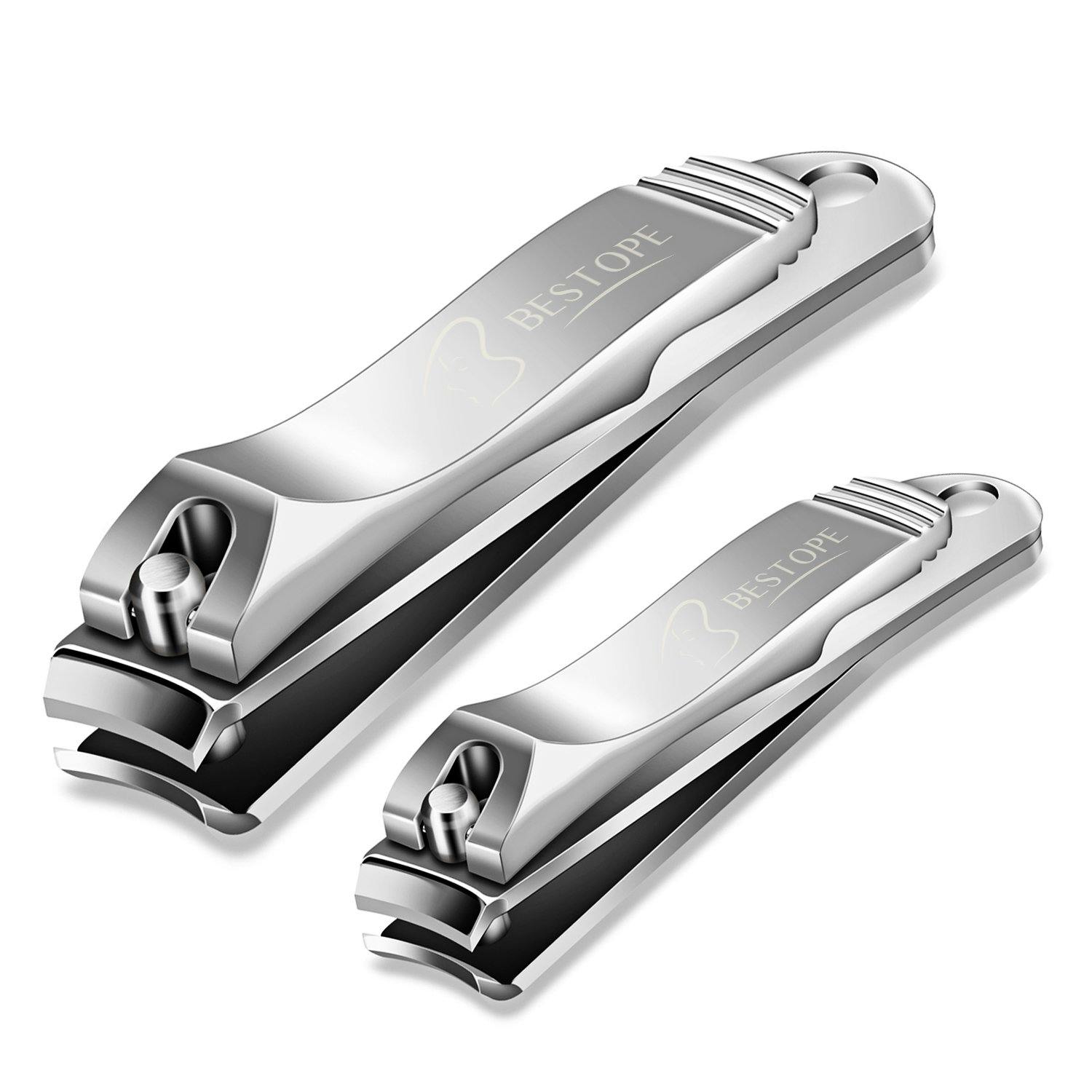A good fisherman is always learning and trying to improve their skills. Here are the top 10 fishing tips to help you catch more fish, whether you're a beginner or a pro.
10. Utilize Google Maps
Google Maps is a great tool for finding new fishing spots. You can use the satellite view to identify bodies of water, as well as roads, trails, and landmarks that can help you navigate to your destination.
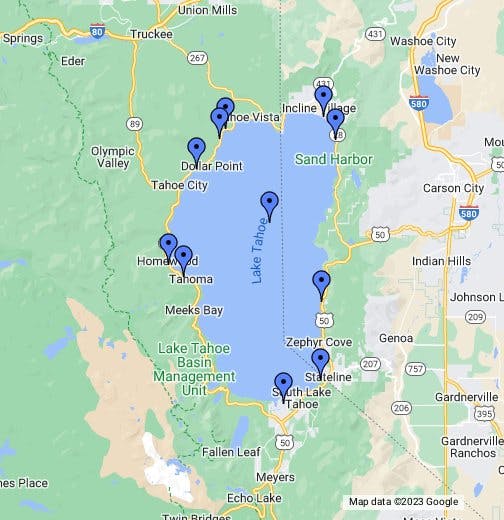
Additionally, you can use the street view feature to get a feel for the area before you even arrive. You can also use Google Maps to plan your route and find nearby amenities such as bait and tackle shops, boat launches, and camping areas.
9. Avoid Hooking Fish in Sensitive Areas
When fishing with a rod and reel, it's important to be mindful of where you're hooking the fish. Hooking a fish in the eyelids or other sensitive areas can cause severe injury and may not be in compliance with local fishing regulations.
8. Opt for Open-Faced Reels
Open-faced reels, also known as spinning reels, offer several advantages over closed-faced reels or baitcasting reels. They tend to last longer due to fewer moving parts and are generally easier to use and maintain. Additionally, open-faced reels can cast further, allowing you to cover more water and reach more distant fish.
7. Don't Over-Invest in Fishing Gear
Fishing can be an expensive hobby, but it's important not to over-invest in gear, especially if you're new to fishing or unsure about your frequency of fishing trips. Start with a basic rod and reel setup and gradually add more specialized equipment as you gain experience and figure out what works best for you.
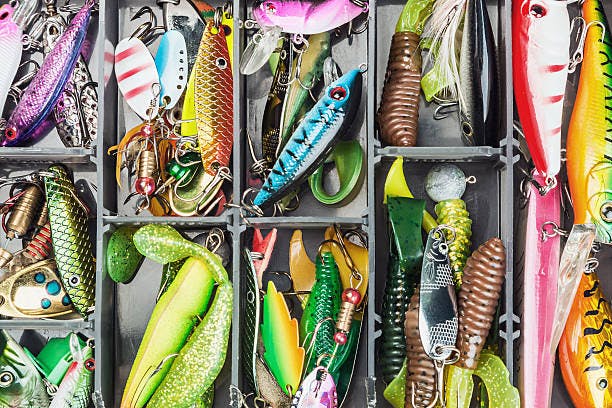
6. Use Safety Pins for Organization
Safety pins can be a great tool for organizing your fishing gear. Use them to keep hooks and lures separated, preventing tangles and making it easier to find what you need on the water. You can also use safety pins to organize different types of bait and keep your fishing line from tangling.
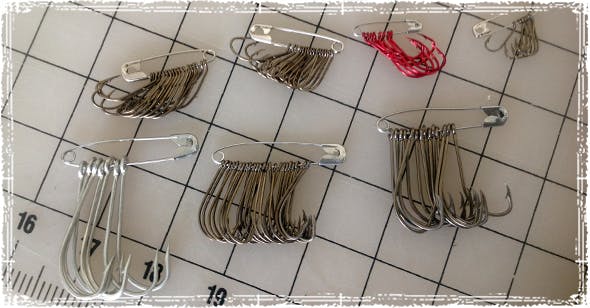
5. Handle Fish with Care
When handling fish, be mindful of their welfare. Avoid stringing fish through the gills, as it can cause injury and stress, potentially killing the fish. Instead, use a fish stringer or fishing basket to hold the fish out of the water.
Wet your hands before handling fish to reduce slime removal and minimize harm. Release any fish you don't plan to keep in an appropriate and humane manner, keeping them in the water as much as possible.
4. Time Your Fishing Trips
Timing is everything when it comes to fishing. Pay attention to the best times of day to fish for different species. For example, white bass are often caught at dawn and dusk, while big catfish are more active at night.
Understanding the feeding patterns and behavior of the fish you're targeting can significantly improve your chances of success.
3. Carry a Variety of Baits
Having a variety of baits on hand is crucial for successful fishing. Fish can be picky eaters, and what works one day may not work the next. Live bait, such as worms and minnows, can be effective for many species. Artificial lures and flies can also be used, especially in clear water or when fish are finicky. Experiment with different colors, patterns, and types of bait to find what works best in a particular body of water.
2. Pack Nail Clippers
Nail clippers may seem like an unlikely fishing accessory, but they can be essential for maintaining your hooks and lures. Use them to trim hooks and cut through thick lines. Nail clippers are small, lightweight, and easy to pack, making them a handy tool for various fishing situations.
1. Practice Patience and Persistence
The most important tip for fishing success is to be patient and persistent. Fishing requires time, practice, and a deep understanding of the fish you're targeting. Don't get discouraged by slow days or unsuccessful trips. Learn from each experience and keep honing your skills. With dedication and perseverance, you'll become a better angler over time.
Remember to enjoy the process and appreciate the beauty of nature while fishing. Happy fishing!
Note: The images used in this article are for illustrative purposes only and may not represent the exact tools or techniques mentioned.
